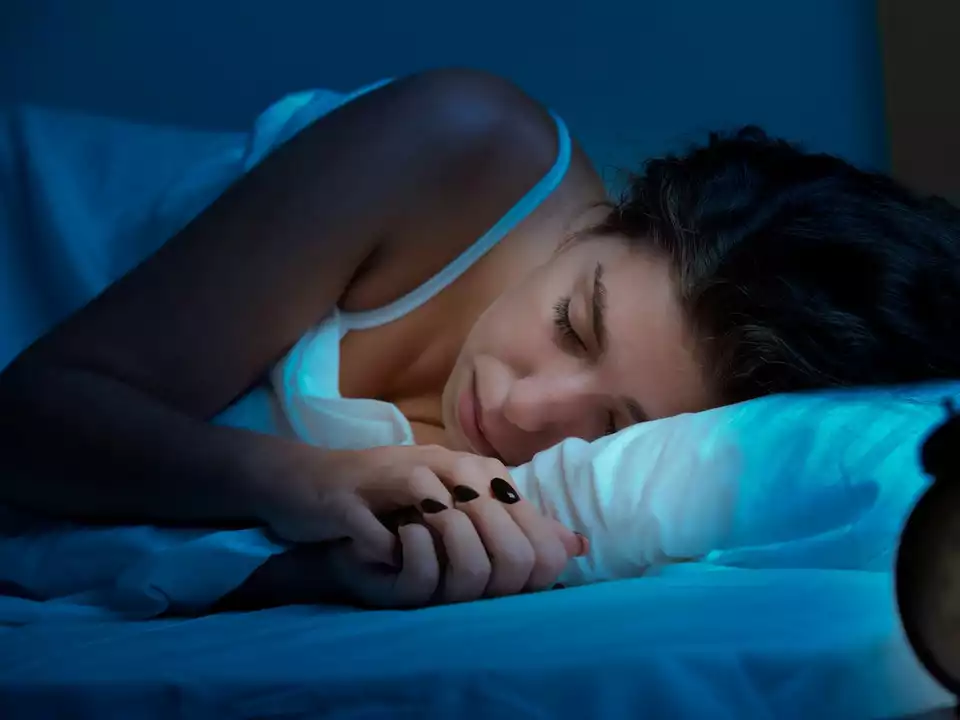Sleep Aids: What Works and How to Choose Safely
If you toss and turn most nights, you’re not alone. Millions reach for a pill, a herb, or a gadget hoping for faster sleep. The trick is knowing which option actually helps without causing new problems. Below we break down the main types of sleep aids, how they act on your body, and simple steps to pick the right one for you.
Common Types of Sleep Aids
Over‑the‑counter (OTC) antihistamines like diphenhydramine or doxylamine are cheap and easy to find. They make you drowsy by blocking histamine, a chemical that keeps you awake. The downside? You may feel groggy the next day, and they can dry out your mouth.
Melatonin supplements mimic the hormone your brain releases when it gets dark. They’re popular for shift workers or jet lag because they help reset the sleep clock without strong side effects. Start with a low dose (0.5‑1 mg) and see how you feel.
Herbal options such as valerian root, chamomile tea, or lavender oil are gentle alternatives. They work by calming the nervous system rather than forcing sleep. Results can be subtle, so give them a few weeks before judging.
Prescription sedatives like zolpidem (Ambien), eszopiclone (Lunesta) or low‑dose trazodone are designed for short‑term use when insomnia is severe. They act quickly but can cause dependence, memory issues, or next‑day drowsiness if not taken exactly as directed.
OTC sleep‑aid combos combine a small antihistamine with a pain reliever (e.g., acetaminophen). They’re convenient for people who also have mild aches, but the same caution about next‑day fog applies.
How to Pick the Right One
First, ask yourself why you can’t sleep. Stress, caffeine late in the day, or an irregular schedule each point to a different solution. If stress is the main issue, try melatonin or a calming herb and work on bedtime habits at the same time.
Second, consider how long you need help. A few restless nights may be solved with OTC antihistamines, but if insomnia lasts weeks or months, talk to a doctor about prescription options or underlying health problems.
Third, check for interactions. Many sleep aids mix badly with alcohol, certain antidepressants, or blood thinners. Keep a list of your current meds and ask a pharmacist before adding anything new.
Fourth, start low and go slow. A tiny dose lets you feel any side effects without overwhelming your system. If 0.5 mg melatonin doesn’t work, bump up to 1 mg after a few nights rather than jumping straight to 5 mg.
Finally, track results. Write down what you took, the time, and how you felt in the morning. After a week of consistent use, you’ll see patterns that tell you whether the aid is helping or just making you sleepy.
The bottom line: sleep aids can be useful, but they’re not a magic fix. Pair any pill with good sleep hygiene—dim lights an hour before bed, limit screens, and keep a regular bedtime. With the right choice and simple habits, you’ll get more restful nights without unwanted side effects.
As a blogger, I've recently researched the role of sleep aids in managing sleepiness, and I'd like to share a brief guide to the options available. Sleep aids can be a helpful tool for those struggling with insomnia or other sleep disorders. Options range from natural remedies like melatonin and herbal teas to prescription medications and over-the-counter sleep aids. It's essential to consult with a healthcare professional to determine the best option for your individual needs as some sleep aids might have side effects or interact with other medications. Remember, proper sleep hygiene and a consistent bedtime routine are also crucial components in achieving a good night's rest.
Jun, 2 2023

